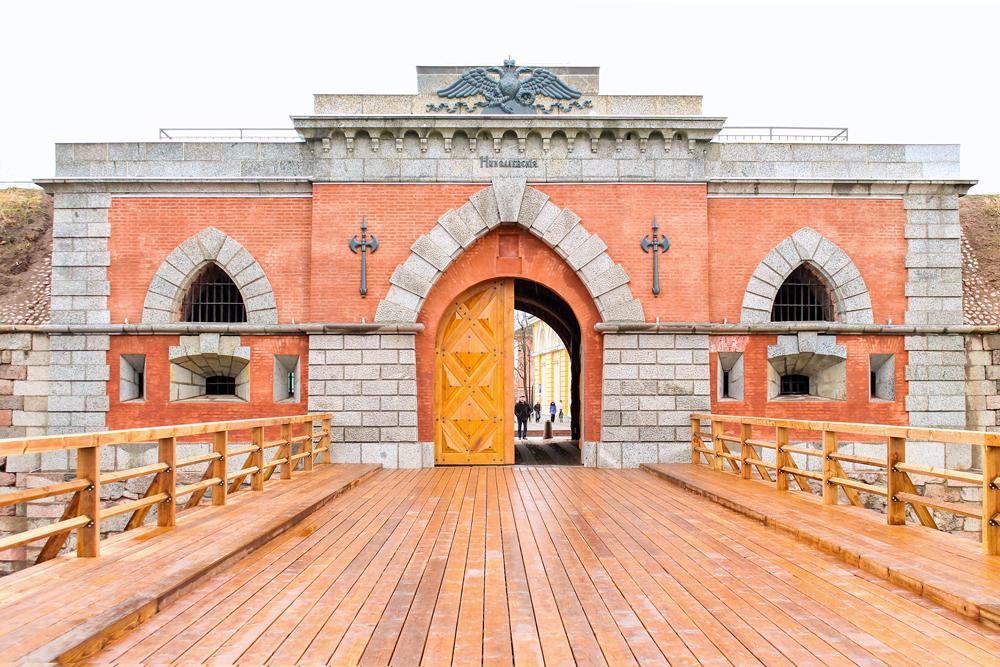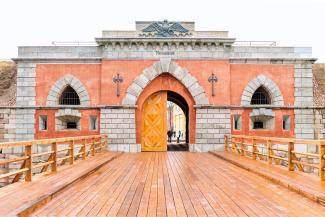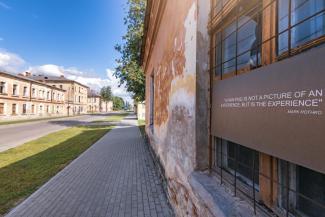The Daugavpils Fortress is the only early 19th century military fortification of its kind in Northern Europe that has been preserved without major alterations.
The fortress, dependent on the era, has also been called Dinaburg Fortress and Dvinsk Fortress, and is the main cultural and historical landmark of Daugavpils and one of the city’s symbols. Various foreign armies have controlled the fortification structure during various periods of history. The fortification itself occupies over 150 hectares.
While visiting the fortress, see the:
- The various parts of the fortress, constructed using the best of Czarist Russia and European architectural schools of the time
- The facade of the structure in the Empire style
- The Nikolai Gate and water-tower, constructed in the Gothic style
- A rampart with 8 bastions, 6 ravelins, 6 counterguards and other protective structures: lunettes, redoubts and a moat
- Bridgehead on the left side of the Daugava River
- Inside the fortress – planned as a traditional military town with a parade ground in the center, surrounded by blocks of administrative and residential buildings
- Mark Rothko Art Center
History of the fortress
The fortress was constructed between 1810 and 1878. Construction of the Dinaburg Fortress was commenced in preparation for Napoleon’s invasion, and in 1812 the unfinished fortress was able to successfully repel the first attacks from Napoleon’s army.
Up until the middle part of the 19th century, Dinaburg Fortress was a priority military center of the Russian Empire. However, already during its construction, the fortress began to gradually lose its importance, and by 1897 was mostly utilized as a warehouse.
At the conclusion of its construction in 1878, the fortress was already obsolete and became the last bastion-style fortress constructed in Europe.
Mark Rothko Art Center
The Daugavpils Mark Rothko Art Center is a multi-functional complex of contemporary art, culture and education situated in the Arsenal building at Daugavpils Fortress. It is the only place in Eastern Europe where the original masterpieces of the famous painter and founder of the abstract expressionism can be seen.
Location and sights nearby









